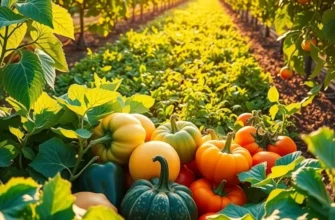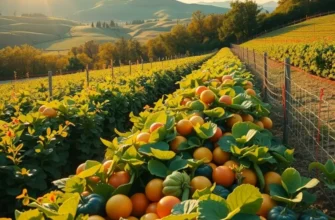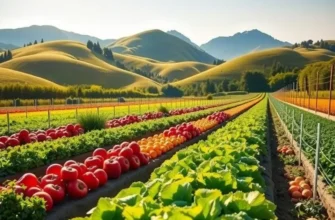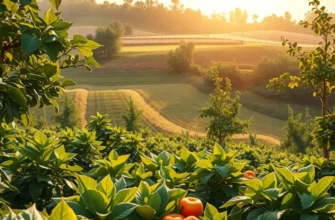Food transportation significantly contributes to carbon emissions and environmental degradation. By being mindful of how and where the food we consume is sourced, individuals can drastically reduce their environmental impact. Adopting eco-friendly food choices not only fosters personal health but also promotes global sustainability. This guide will outline practical strategies for environmentally-conscious consumers to minimize the ecological footprint of their meals through thoughtful food sourcing and selection.
The Impact of Food Transportation on the Environment
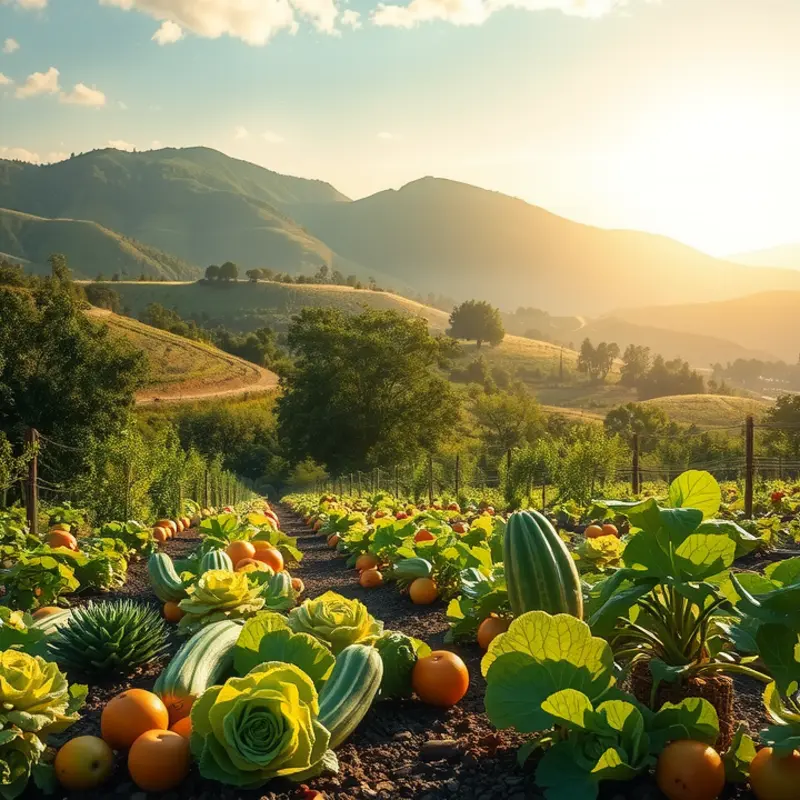
Understanding the carbon footprint associated with food transportation unveils the extensive role it plays in climate change. Indeed, the journey our food takes from farm to plate can significantly affect greenhouse gas emissions. When food is transported over long distances, it requires various modes of transportation—each contributing differently to emissions.
On average, food travels about 1,500 miles to reach the consumer, a journey bringing with it an environmental price. Long-haul transportation methods, such as air and road freight, are responsible for a large proportion of emissions. Airfreight, while fast, is particularly carbon-intensive, emitting 50 times more CO2 per ton-mile compared to sea transport.
Local sourcing reduces food miles, thereby minimizing the environmental impact. By choosing locally produced items, consumers can cut emissions drastically—sometimes by up to 76% compared to imported goods. Moreover, local foods are often fresher due to reduced transportation time, potentially resulting in better taste and nutritional quality.
Transport is not the only factor. Storage methods play a crucial role in carbon footprints. Cold storage, for example, demands substantial energy, especially in transport processes involving refrigeration to prevent spoilage. Mindful packaging can mitigate some of this impact. Choosing biodegradable or minimal packaging reduces waste, subsequently easing environmental burdens.
Unseen costs, like those arising from inefficient storage and waste, make food transportation even more cumbersome. World resources indicate food transport alone can account for 11% of energy use in food systems globally. Thus, opting for smarter stopping strategies such as practical ingredient batching can be efficient and sustainable.
Informed shopping decisions, such as prioritizing seasonal produce, can support sustainable practices. By understanding the layers of transportation impacts, from vehicle emissions to waste factors, consumers can advocate for more eco-friendly consumption patterns. The next chapter will explore methods to integrate these choices seamlessly into daily life, reinforcing the shift towards greener plates.
Strategies for Choosing Local and Seasonal Foods

Empowering consumers to make informed decisions can greatly enhance the sustainability of their food choices. Choosing local and seasonal foods not only reduces transportation distances but also supports local farmers and fosters community resilience. Let’s explore practical strategies to incorporate these sustainable practices into your daily routine.
Buying locally and consuming seasonal foods start with knowing what’s in season. Seasonal produce offers the peak of flavor and nutrition, offering more flavor and reducing dependency on imported goods. Begin by researching online resources or visiting your local library to find a regional produce calendar. These tools can guide you on when different fruits and vegetables are at their freshest.
Farmers’ markets are excellent venues to discover local produce. Visiting them not only connects you with local producers but also educates you about various food items grown in your area. Interacting with farmers is a great way to learn about their farming practices and confirm that your purchases are directly contributing to the local economy. To locate nearby markets, check community websites or use online directories that list farmers’ markets by region.
Another impactful method is enrolling in a Community Supported Agriculture (CSA) program. By participating, you commit to receiving regular deliveries or pick-up baskets of fresh, local produce. This arrangement ensures that you eat seasonally and directly supports farming enterprises. In addition, it can introduce you to unfamiliar vegetables, expanding your culinary horizons and encouraging diverse meal planning.
For those less inclined to make frequent market visits, online platforms are a boon. Several websites connect consumers with local farmers, allowing for convenient planning and purchasing. Opting for local online marketplaces ensures that your food does not travel great distances, maintaining freshness while reducing carbon emissions.
Planning your meals around available seasonal ingredients can save time and reduce waste. When meal prepping, use versatile ingredients that feature prominently during particular seasons. This approach not only incorporates a range of nutrients into your diet but can also inspire creativity in your cooking. For ideas on how to integrate seasonal foods into fast and efficient meal preparation, consider checking out practical ingredient batching techniques.
Adapting eating habits to focus on local and seasonal foods significantly lowers your carbon footprint. It strengthens your community’s agricultural base and keeps the money within local economies. By savoring what’s in season and sourcing food from neighboring farms, you’re contributing to a sustainable food system that benefits both people and the planet. Embracing these habits leads to meals that are not just environmentally conscious, but also vibrant in taste and rich in nutrition.
Final words
By choosing to minimize food transportation impact, you are taking a vital step toward a more sustainable future. Implementing the strategies discussed can not only lower your carbon footprint but also support your local economy and foster a closer connection with the environment. As you embark on your journey towards eco-friendly eating habits, remember that every small choice counts. Engage with your community, explore local markets, and embrace the richness of seasonal produce. Together, we can create a more resilient food system that values the health of our planet and its inhabitants.



